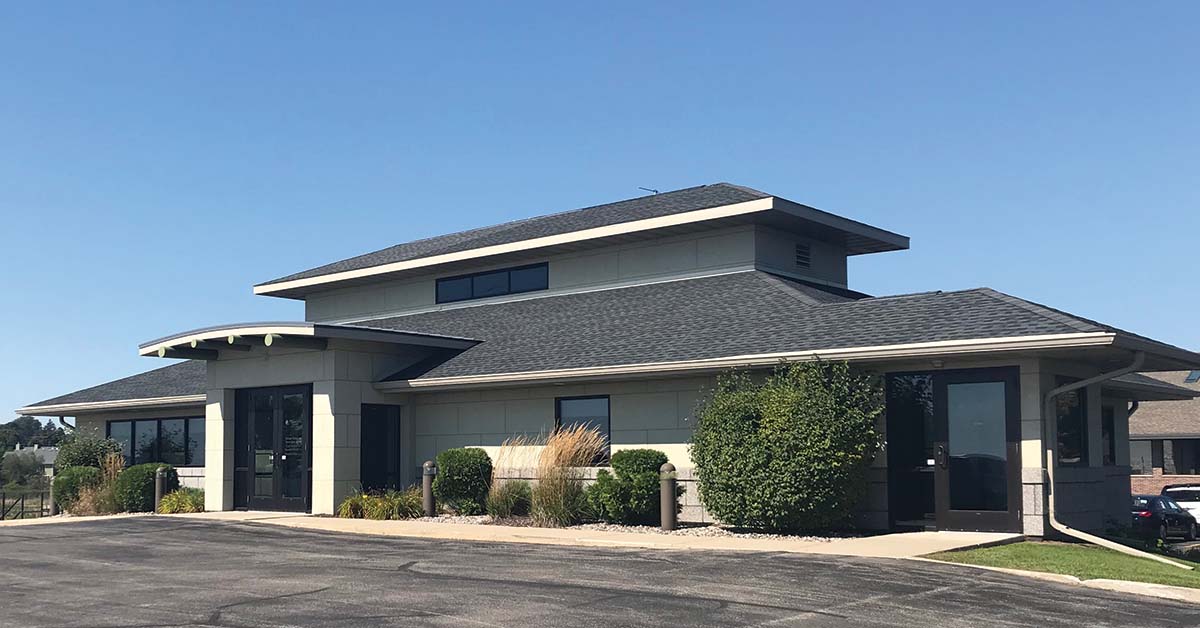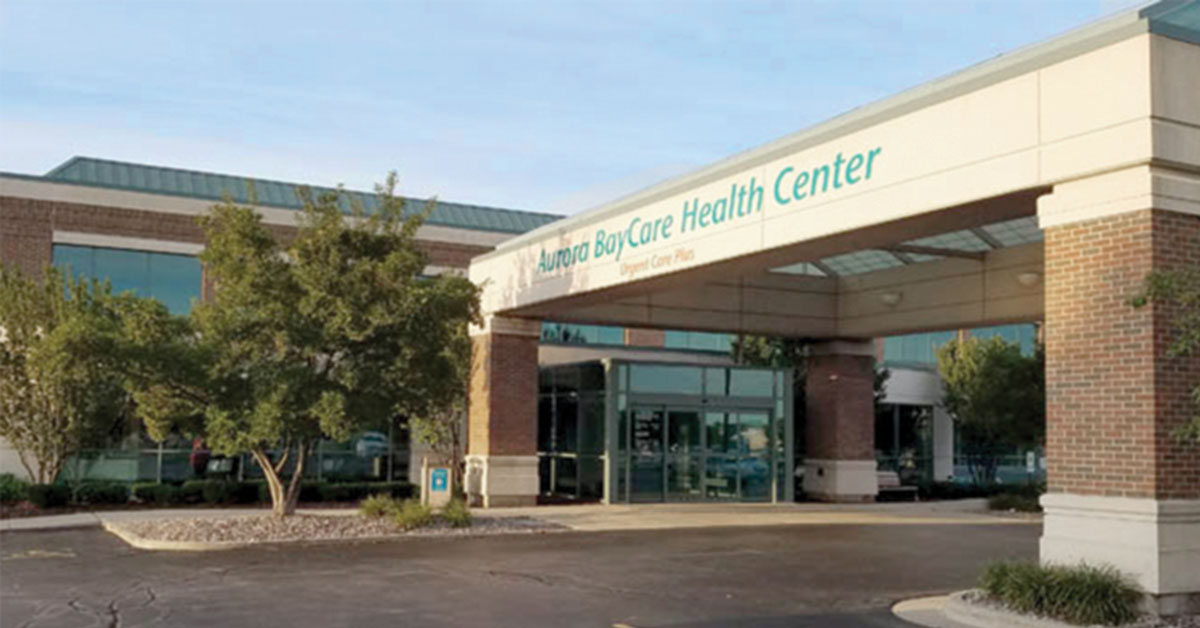Anesthesia Options
Oral Surgery & Implant Specialists
A team approach to anesthesia
We offer options for anesthesia during oral surgery procedures. We take a team approach to deciding which type of anesthesia is best for each person. Our team – which includes the oral surgeon, nurse practitioner and the person having oral surgery – reviews the options and chooses the best, most comfortable option for each case.
Our team also includes certified dental anesthesia assistants. Those assistants have completed the Dental Anesthesia Assistant National Certification Examination, a continuing education course offered by the American Association of Oral and Maxillofacial Surgeons.
What are the options for anesthesia?
We offer three options for anesthesia during oral surgery procedures. Each person has a different tolerance for discomfort during a procedure and makes their choice accordingly.
- Local anesthetic numbs and freezes the area being treated during oral surgery. Its effects wear off within hours of the procedure.
- Nitrous oxide is inhaled. It is an analgesic, relaxing the person during an oral surgery procedure. Those who use nitrous oxide recover quickly from its effects, leaving our office just as they walked in. They do not need someone to drive them home.
- Intravenous anesthesia induces sleep. The IV procedure begins with nitrous oxide to relax the person having oral surgery. An IV line is placed into a vein, allowing precise delivery of anesthetics to achieve the desired level of sleep. IV anesthesia is monitored for patient safety, with each part of the procedure done to hospital standards.
Intravenous anesthesia is a choice, not a requirement. We offer this option solely for the comfort of those having an oral surgery procedure. It is not an option for procedures during which it isn’t safe to be put to sleep.
If you choose intravenous anesthesia:
- You may NOT have anything to eat or drink (including water) for eight (8) hours prior to the appointment.
- A responsible adult must accompany the patient to the office, remain in the office during the procedure, and be able to drive the patient home.
- The patient should not drive a vehicle or operate any machinery for 24 hours following the anesthesia experience.
- Please wear loose fitting clothing with sleeves which can be rolled up past the elbow. Contact lenses, jewelry, and dentures must be removed at the time of surgery.
- If you are sick with an upper respiratory illness that includes; fever, chills, productive cough, or post nasal drainage, call our office to reschedule.



